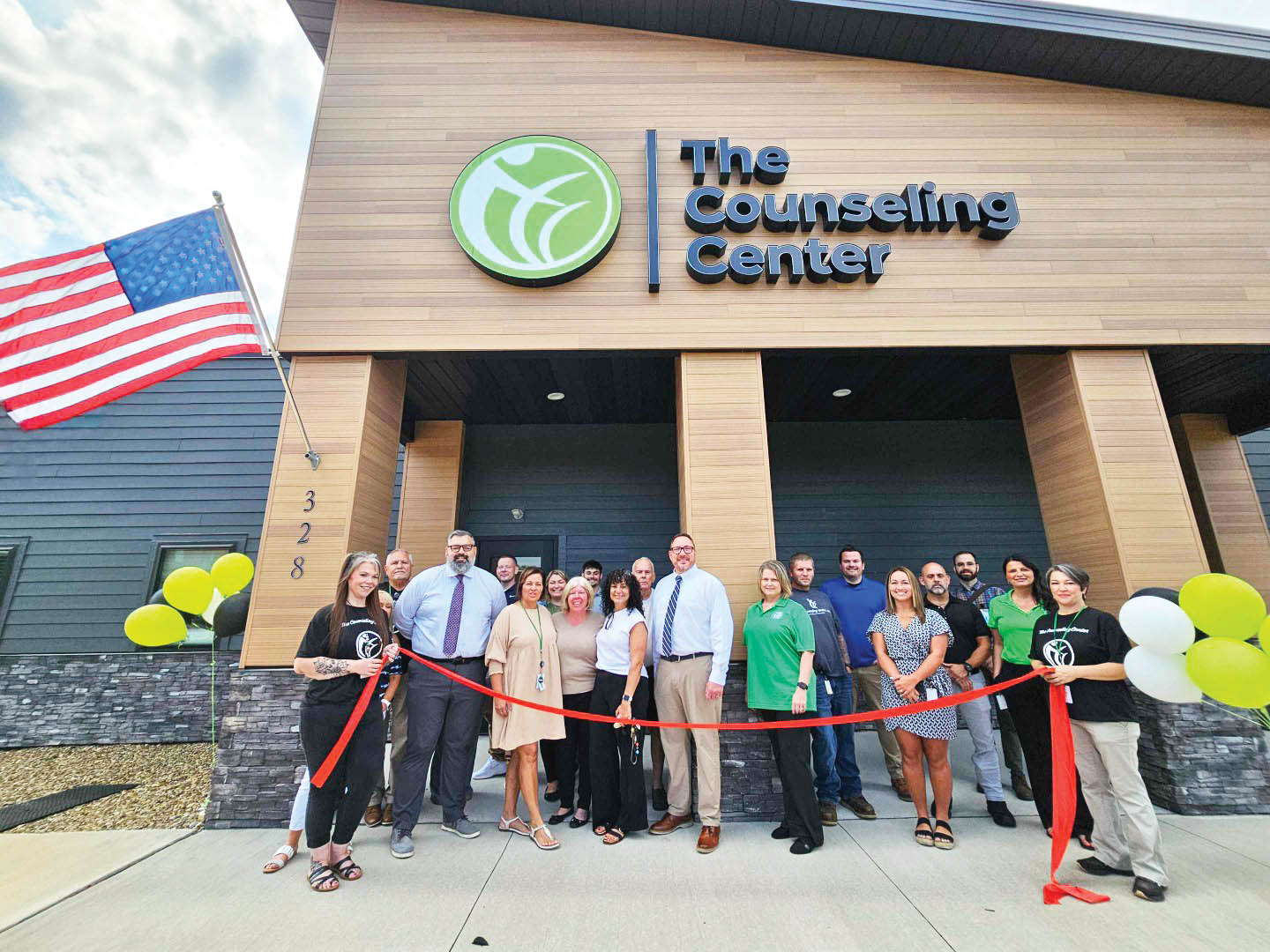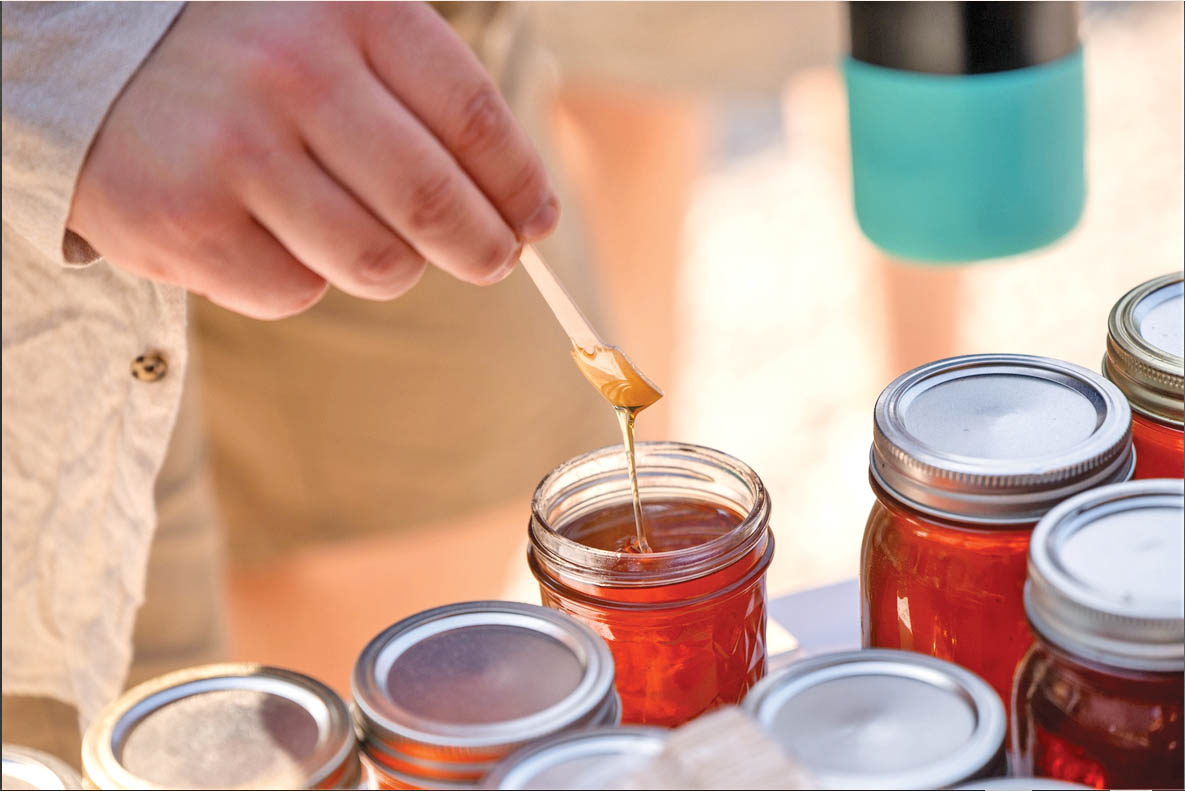Budding scientists
Published 12:23 pm Thursday, November 19, 2015

Judges make rounds and grade projects from Chesapeake Middle School students at the annual science fair.
Middle school fair shows off projects
CHESAPEAKE — Students competed in the annual science fair on Tuesday at Chesapeake Middle School.
More than 80 students from the sixth, seventh and eighth grades at the school took part, where they displayed their projects and presented the findings of their experiments.
Trending
The students had been worked on their projects since the beginning of the school year and on Wednesday presented them to a panel of judges from the community, many who work in the scientific field, Greta Lewis, an eight grade science teacher who coordinated the fair, said.
Sixth grade students are required to take part, while seventh and eighth grade participation is voluntary, she said.
The students are rated on the project’s creativity, use of the scientific method (consisting of a hypothesis, experiment and analysis), how data was recorded, the display of the information and an oral presentation to the judges.
Dylan Pantalena, an eighth grade student, tested different methods of cleaning pennies.
“I saw them in my dad’s cupholder in the car and got the idea,” he said.
He tested six substances. His hypothesis was that vinegar would do the job best, which turned out to be correct.
Trending
Leah Kitchen, of the sixth grade, did her experiment around cookies, which she baked from scratch.
She baked two sets, one of which was served fresh, and another put in the refrigerator.
She hypothesized that the refrigerator batch would be more popular. After testing this on 15 people, she was proven correct.
Makenna Wellman, of the sixth grade, constructed containers from four different materials.
The containers housed an egg and her experiment was to see which material best protected it when dropped.
Her findings were that the container made of cotton balls did the job best.
Tristin Fry, of the seventh grade, used this year’s project to expand on his earlier experiment.
Last year, he built and tested small scale versions of three different bridges, arch, suspension and truss, to see which could best hold weight.
This year, he took the top result of that project and broke it down into two types of truss bridges, a deck and throughout truss.
His findings were that the deck truss he built could hold 130 pounds, while the throughout truss came in at 56 pounds.
Lewis said taking part in the science fair is a good educational opportunity for students.
“It benefits them in everyday life,” she said. “They use the scientific method to solve everyday problems.”
About 35 students will be selected to take part in the county fair in February. Winners from that event will go on to the district fair in March and the state science fair on May, Lewis said.





